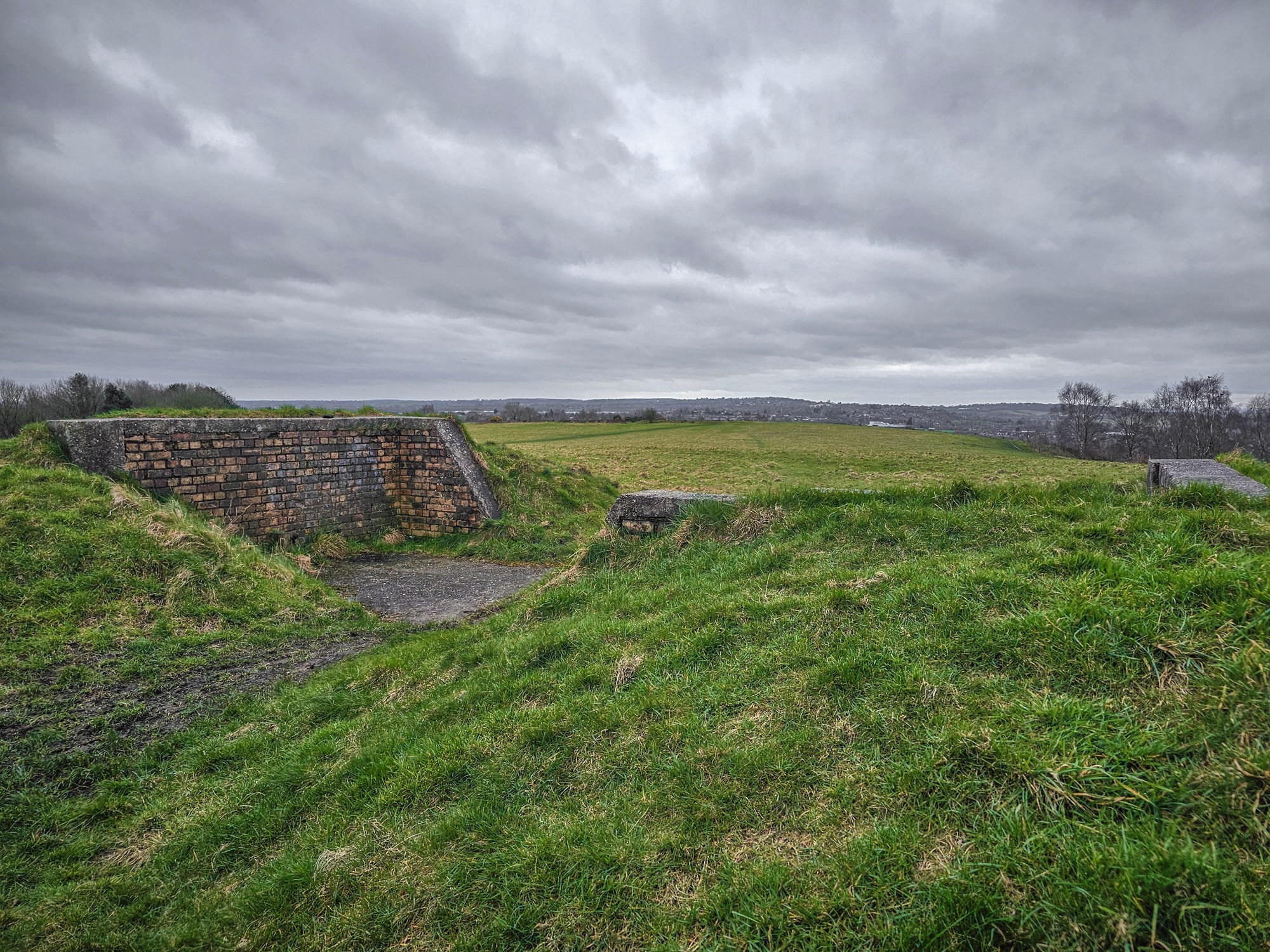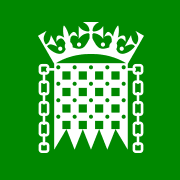During World War II, the hills of Park Hall, Weston Coyney played an unexpected role in the war effort, a fact unbeknownst to many of its residents. A small area on the hill is all that is left of the covert wartime operations on these hills and their significance in the broader context of wartime strategy.
Watch my video on YouTube
With the onset of World War II, the previously accessible and frequented Park Hall Hills, located northwest of the Weston Coyney crossroads, was suddenly enclosed by a fence and guarded by armed personnel. This area, offering expansive views and serving as a local recreational spot, was abruptly transformed for war purposes, sparking curiosity and concern among the local communities of Weston Coyney and Hulme. It was classified as top secret, and the locals knew better than to ask questions during a time of war.
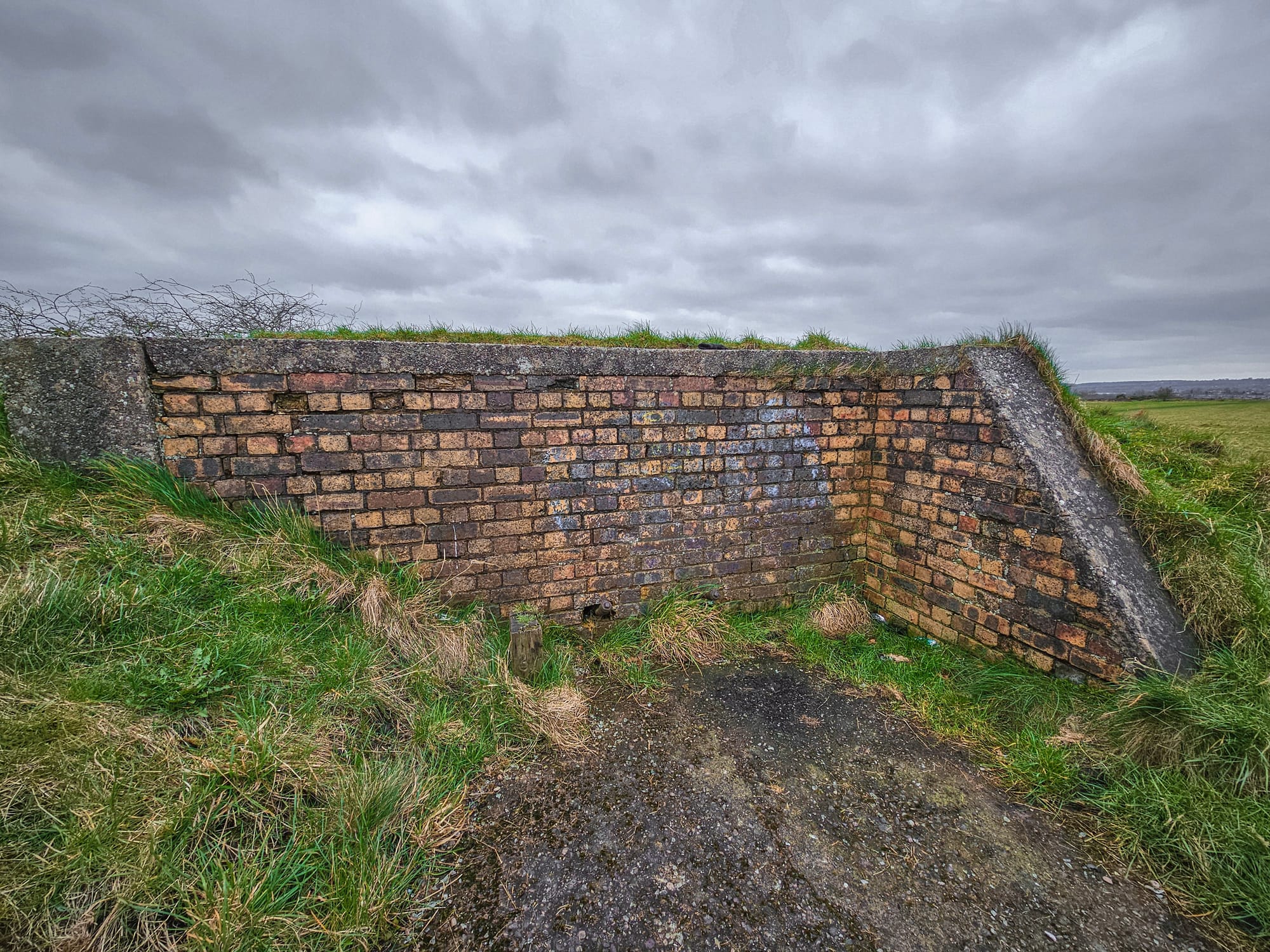
The local wartime landscape included several key locations. Among these were Weston Coyney Hall and Meir Windmill, both home guard bases. Rookes Shadow factories that were building aircraft, Meir Aerodrome which had been taken over by the RAF, and Woodseat Hall in Cheadle, which was a Radio monitoring Station, that intercepted German-coded messages as part of the Air Ministry. The QL Site at Park Hall Hills stood out for its secrecy, designated to serve as a decoy to divert enemy bombers from actual strategic locations.
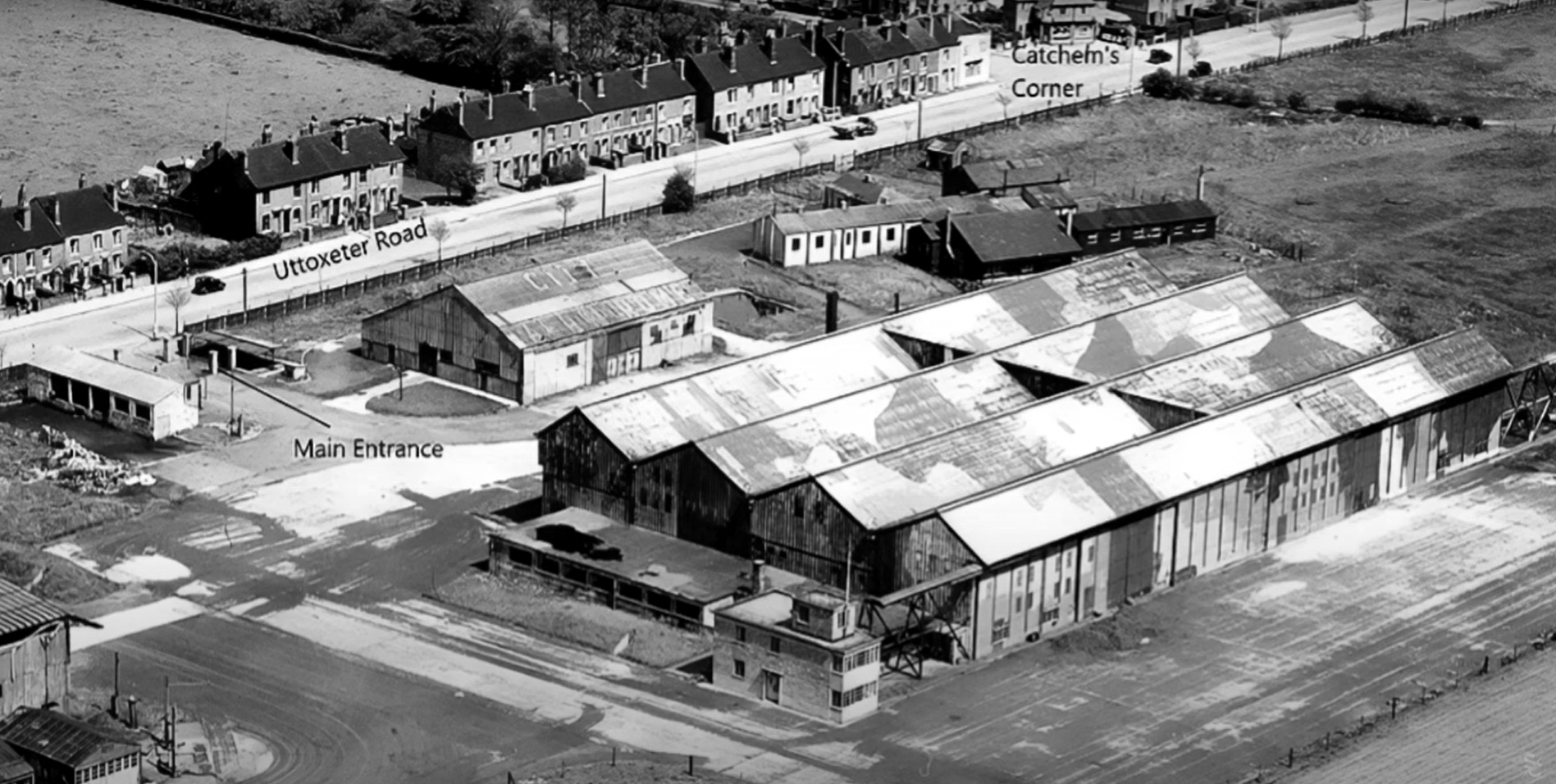
The Art of Deception
The British government, recognizing the importance of misleading the enemy, established a decoy program led by Colonel John Turner. These fake installations, including the QL Site at Park Hall Hills, were designed to confuse German bombers using false lights and structures to imitate real aerodromes, thereby protecting actual military and industrial targets.
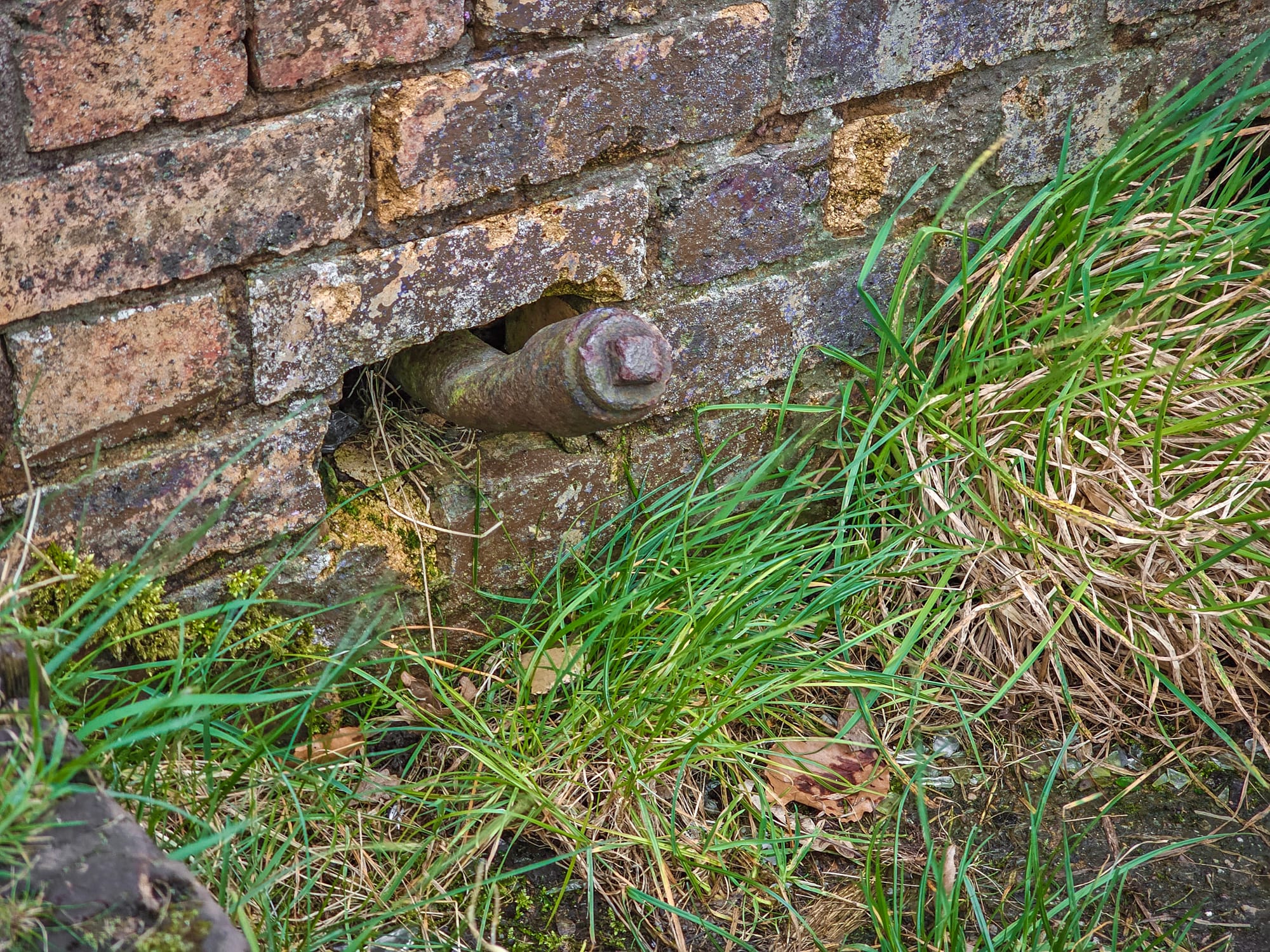
The Bunker's Purpose and Operation
The primary function of the bunker at the QL Site was to control a sophisticated system of lights designed to mimic the operational patterns of an active airfield. This illusion was intended to attract enemy bombers towards the decoy, believing it to be a legitimate target, and away from real critical infrastructure. The site utilized dummy flare paths, car headlamps suspended on wires, and an assortment of low-intensity lights to create the appearance of activity. These lights simulated aircraft movements on the ground, buildings inadvertently left illuminated, and the brief exposure of interiors as doors were opened and closed, all under the cover of darkness to fool enemy pilots during night-time raids.
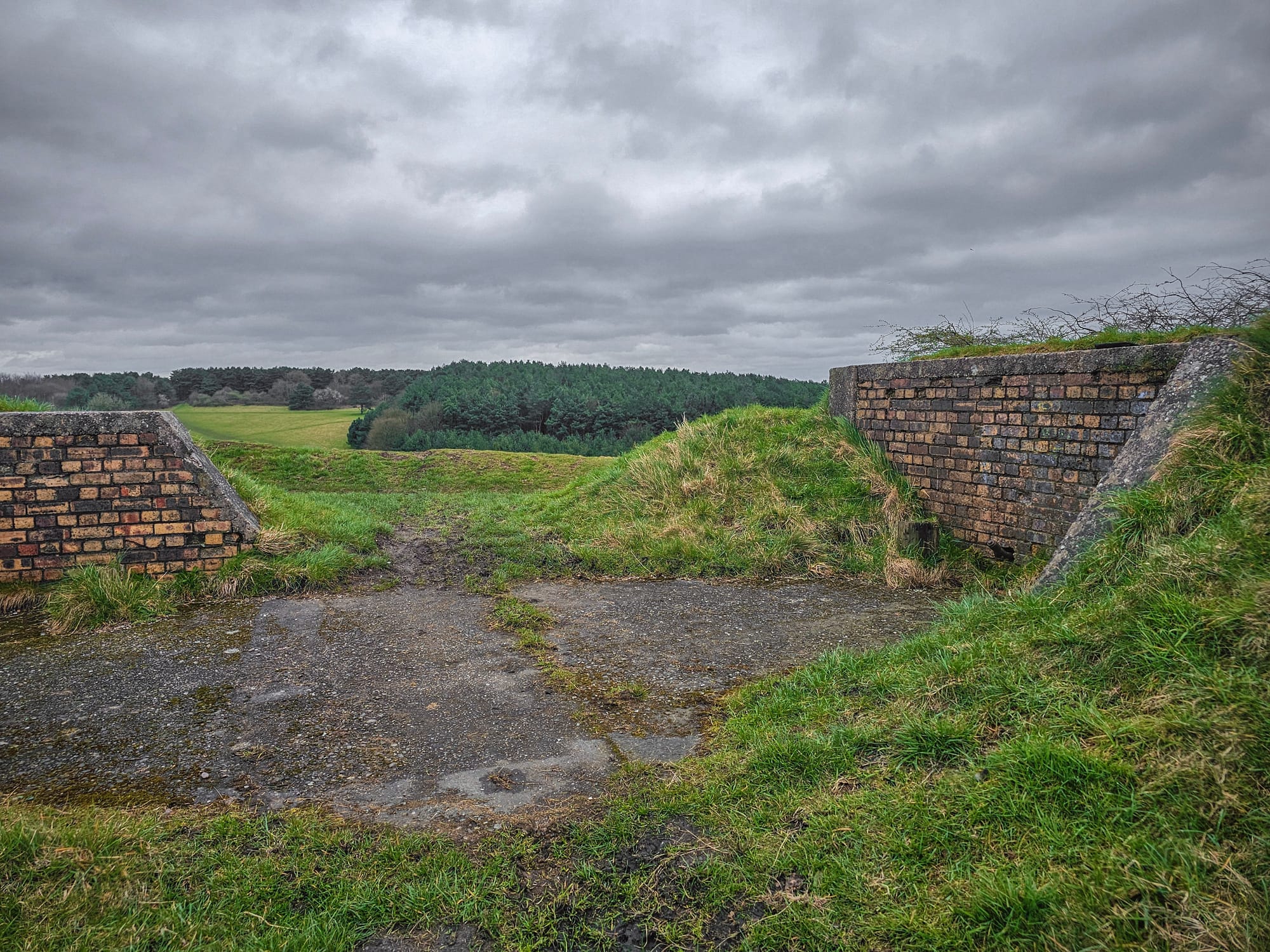
Architectural and Operational Details
The control bunker itself was a robust structure, made from brick and concrete. Its design was pragmatic, featuring earth embankments against its walls for additional camouflage and protection. The bunker contained two main rooms:
Generator Room: One room housed a petrol-driven generator. This generator was crucial, as it supplied the electricity needed for the array of decoy lighting that created the illusion of an operational airfield.
Control Room: The other room contained telephones and control equipment for operating the lights. This setup allowed the personnel to dynamically manage the lighting to maintain the illusion of activity at the site.
An innovative feature of the bunker was an escape or observation hatch built into the roof. Accessible by a metal ladder secured to the wall, this hatch allowed operators a means of quick egress or a vantage point for observation.
Local memories recall the site being staffed by airmen who were housed in Weston Coyney, highlighting the community's unwitting proximity to these high-stakes operations.
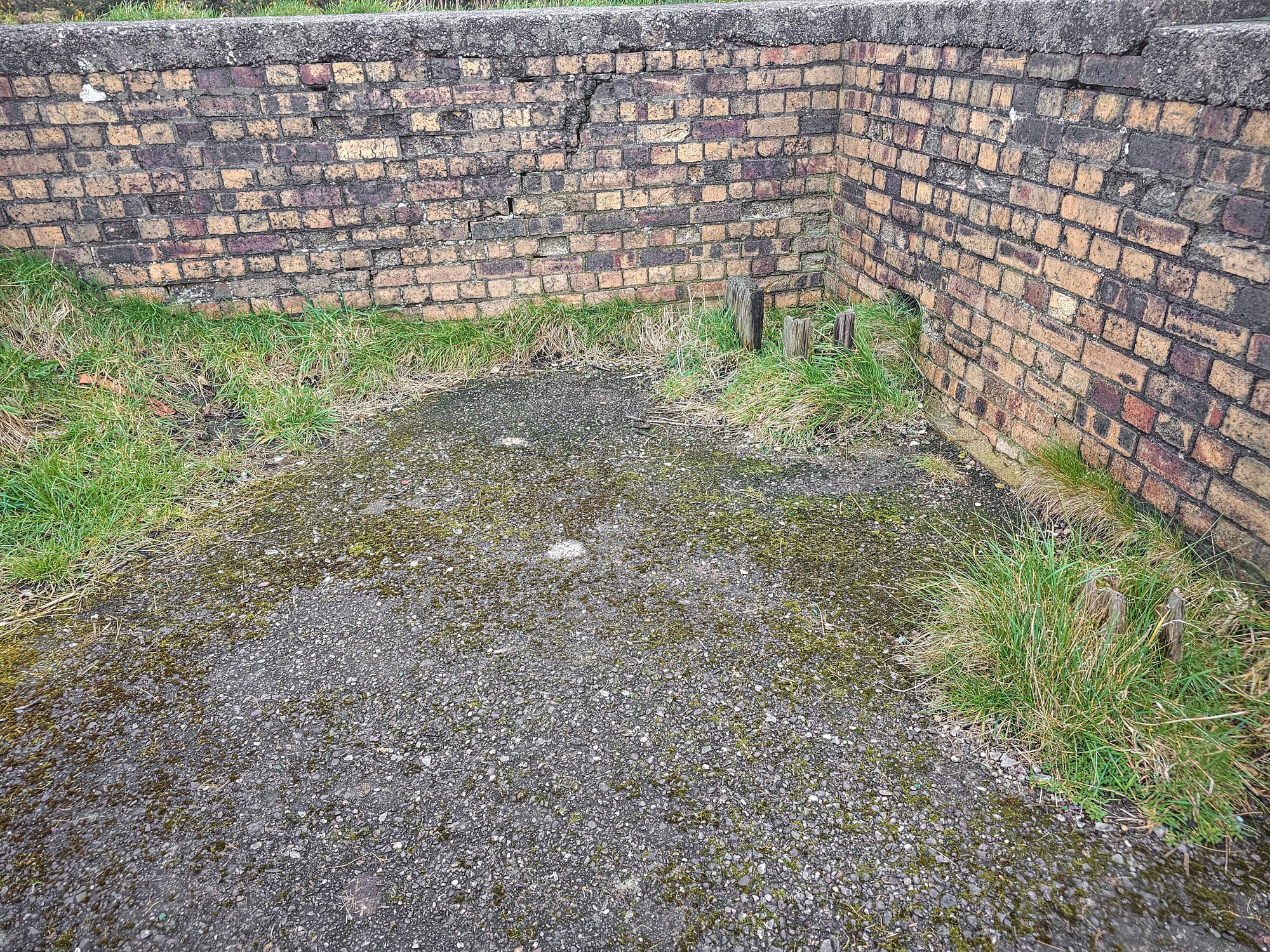
The Site's Legacy
Though the bunker and the decoy site it controlled were eventually abandoned as the threat of air raids diminished, the remnants of this ingenious strategy still linger on Park Hall Hills. Today, very little of the control building remains, with the roof and two of the side walls having been demolished. However, the site's foundational footprint and partial structures still provide a tangible link to its wartime past.
The operation of the QL Site, from its construction to its secretive role in the war effort, embodies a fascinating chapter of local history. Its strategy of deception—using nothing more than lights and shadows—served as a critical, albeit unsung, protector of lives and infrastructure during one of history's most tumultuous periods.
If you would like to visit this, you can find it here.
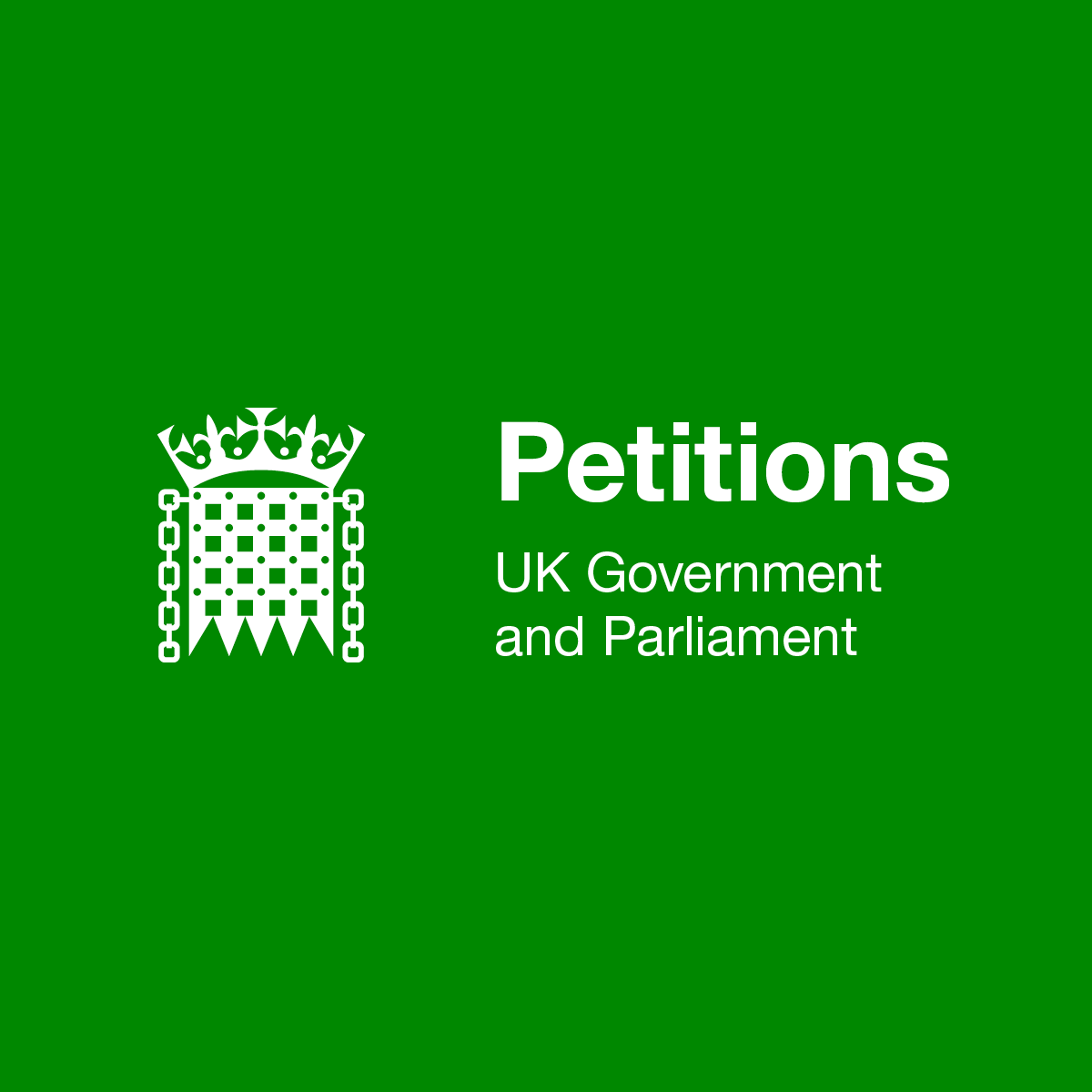
Please sign my petition to help save buildings like this
Thank you for reading!
If you like what you have read, please feel free to support me by following and signing up for my newsletter and/or buying me a coffee!

If you love our local history, don't forget to follow me, check out more of my videos and my website http://www.theredhairedstokie.co.uk
Don't forget to subscribe to my YouTube channel - https://www.youtube.com/channel/UCCA246yaLXVDHSB-MrFMB2A
Check out my recommended reading list
